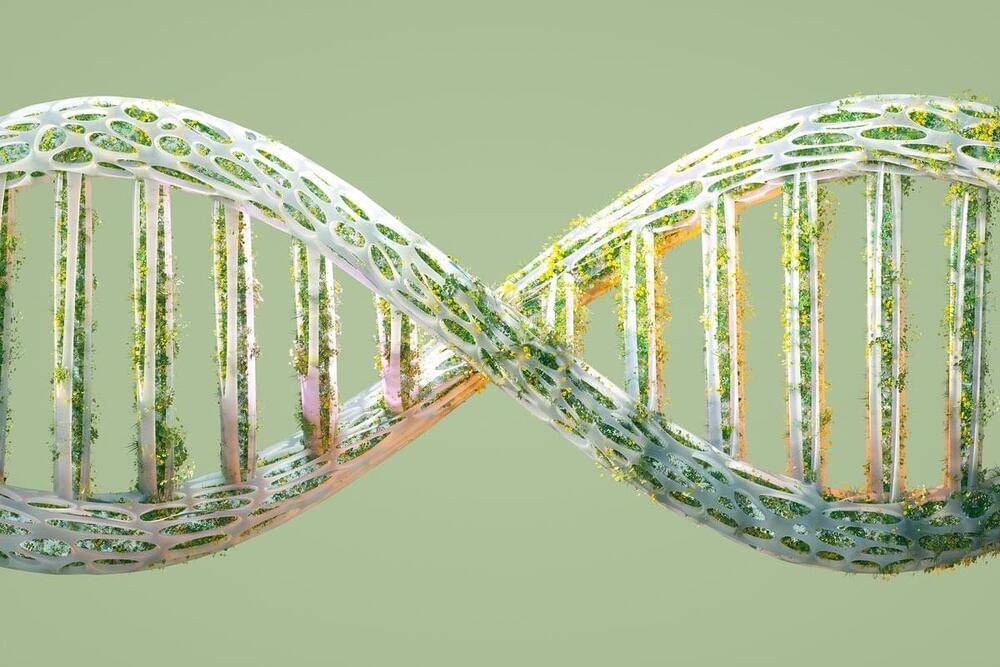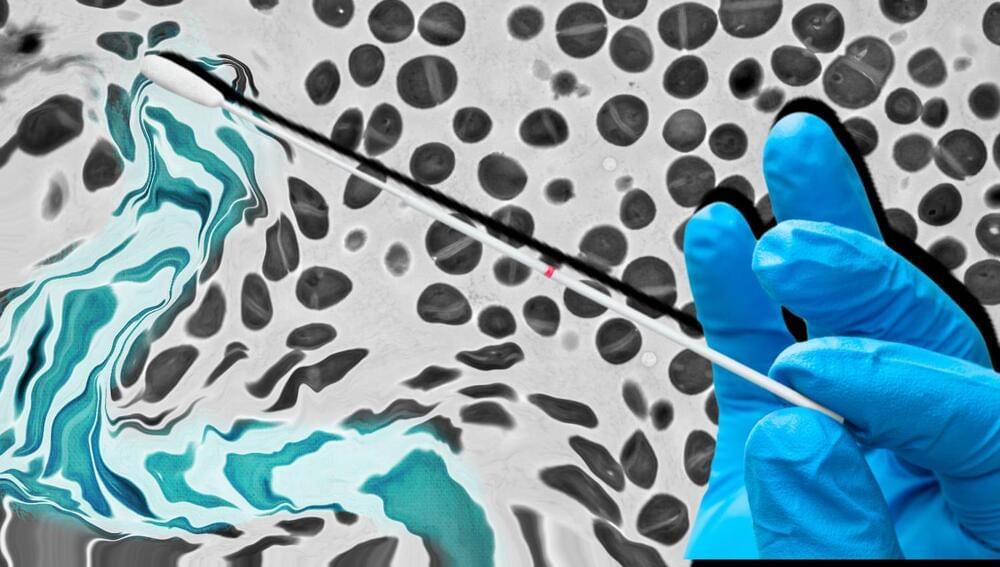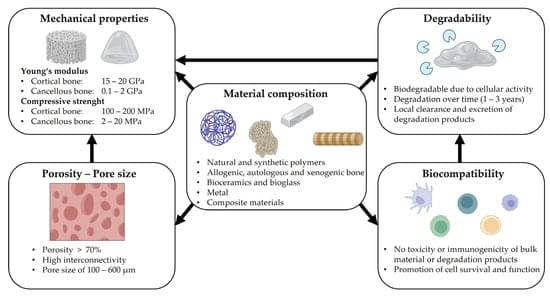Kayla Barnes-Lentz says she has reversed her age by 11 years. She spends her day optimizing her health and biohacking while running her business.




Researchers at University of California San Diego have developed and tested a new software package, called Spatial Modeling Algorithms for Reactions and Transport (SMART), that can realistically simulate cell-signaling networks—the complex systems of molecular interactions that allow cells to respond to diverse cues from their environment.
Cell-signaling networks involve many distinct steps and are also greatly influenced by the complex, three-dimensional shapes of cells and subcellular components, making them difficult to simulate with existing tools. SMART offers a solution to this problem, which could help accelerate research in fields across the life sciences, such as systems biology, pharmacology and biomedical engineering.
The researchers successfully tested the new software in biological systems at several different scales, from cell signaling in response to adhesive cues, to calcium release events in subcellular regions of neurons and cardiac muscle cells, to the production of ATP (the energy currency in cells) within a detailed representation of a single mitochondrion.

A team of Children’s Medical Research Institute (CMRI) scientists has identified a new method for producing a therapeutic product that has the potential to improve the treatment of cancer.
The work by Associate Professor Leszek Lisowski and his Translational Vectorology Research Unit is published in the journal Molecular Therapy.
Chimeric antigen receptor (CAR) T cells, also known as CAR T therapies, are a relatively new form of treatment showing very exciting results for several types of cancer. While initially validated for the treatment of B cell malignancies, especially acute lymphoblastic leukemia (ALL), the technology has also shown promise for other cancer types, including solid tumors.
If humans want to survive long-term — millions of years into the future and beyond — we will have to grapple with existential threats to civilization and life itself. But we are more empowered than any species in history. This film is a journey far into the future to explore the extreme challenges we will face, and a vision into how far humanity might go to reinvent our planet.
Coming Spring 2025.

Breakthroughs in synthetic biology could create mirror versions of natural molecules, with devastating consequences for life on Earth.
By Simon Makin
Noting that recent advances in artificial intelligence and the existence of large-scale experimental data about human biology have reached a critical mass, a team of researchers from Stanford University, Genentech, and the Chan-Zuckerberg Initiative says that science has an “unprecedented opportunity” to use artificial intelligence (AI) to create the world’s first virtual human cell. Such a cell would be able to represent and simulate the precise behavior of human biomolecules, cells, and, eventually, tissues and organs.
“Modeling human cells can be considered the holy grail of biology,” said Emma Lundberg, associate professor of bioengineering and of pathology in the schools of Engineering and Medicine at Stanford and a senior author of a new article in the journal Cell proposing a concerted, global effort to create the world’s first AI virtual cell. “AI offers the ability to learn directly from data and to move beyond assumptions and hunches to discover the emergent properties of complex biological systems.”
Lundberg’s fellow senior authors include two Stanford colleagues, Stephen Quake, a professor of bioengineering and science director at the Chan-Zuckerberg Initiative, and Jure Leskovec, a professor of computer science in the School of Engineering, as well as Theofanis Karaletsos, head of artificial intelligence for science at the Chan Zuckerberg Initiative, and Aviv Regev executive vice president of research at Genentech.

Imagine a world in which a vaccine is a cream you rub onto your skin instead of a needle a health care worker pushes into your one of your muscles. Even better, it’s entirely pain-free and not followed by fever, swelling, redness or a sore arm. No standing in a long line to get it. Plus, it’s cheap.
Thanks to Stanford University researchers’ domestication of a bacterial species that hangs out on the skin of close to everyone on Earth, that vision could become a reality.
“We all hate needles — everybody does,” said Michael Fischbach, PhD, the Liu (Liao) Family Professor and a professor of bioengineering. “I haven’t found a single person who doesn’t like the idea that it’s possible to replace a shot with a cream.”

NASA’s Synthetic Biology Project is collaborating with the GrabCAD community to create innovative 3D-printable bioreactor designs. These bioreactors aim to reduce the mass and volume of supplies needed for extended space missions by enabling in-situ production of essential nutrients through reusable or recyclable solutions.
The project focuses on enhancing BioNutrient Production Packs, which use bio-engineered microorganisms to generate critical nutrients like beta carotene. Crews activate these microorganisms by adding water and growth media to dormant cultures. The existing bioreactors include early polycarbonate Gen-0 models and lightweight Gen-1 soft packs. Both designs allow gas exchange to prevent over-pressurization while ensuring safe nutrient production.
NASA seeks to address key challenges for long-duration missions, including designing bioreactors that are either reusable or recyclable and can be manufactured aboard spacecraft. The bioreactor must safely handle liquid cultures, support gas exchange, and be compatible with additive manufacturing technologies. Reusability designs must consider sterilization challenges, while recyclable designs should use materials that can be reprocessed into new bioreactors.

HighlyCitedPapers.
📝 — Schulze, et al.
The present work reviews the strategies and technical approaches used to overcome the multilayered problems associated with large bone defect healing in long bones, with emphasis on research rooted in scaffold-guided tissue regeneration.
Full text is available 👇
Bone generally displays a high intrinsic capacity to regenerate. Nonetheless, large osseous defects sometimes fail to heal. The treatment of such large segmental defects still represents a considerable clinical challenge. The regeneration of large bone defects often proves difficult, since it relies on the formation of large amounts of bone within an environment impedimental to osteogenesis, characterized by soft tissue damage and hampered vascularization. Consequently, research efforts have concentrated on tissue engineering and regenerative medical strategies to resolve this multifaceted challenge. In this review, we summarize, critically evaluate, and discuss present approaches in light of their clinical relevance; we also present future advanced techniques for bone tissue engineering, outlining the steps to realize for their translation from bench to bedside.